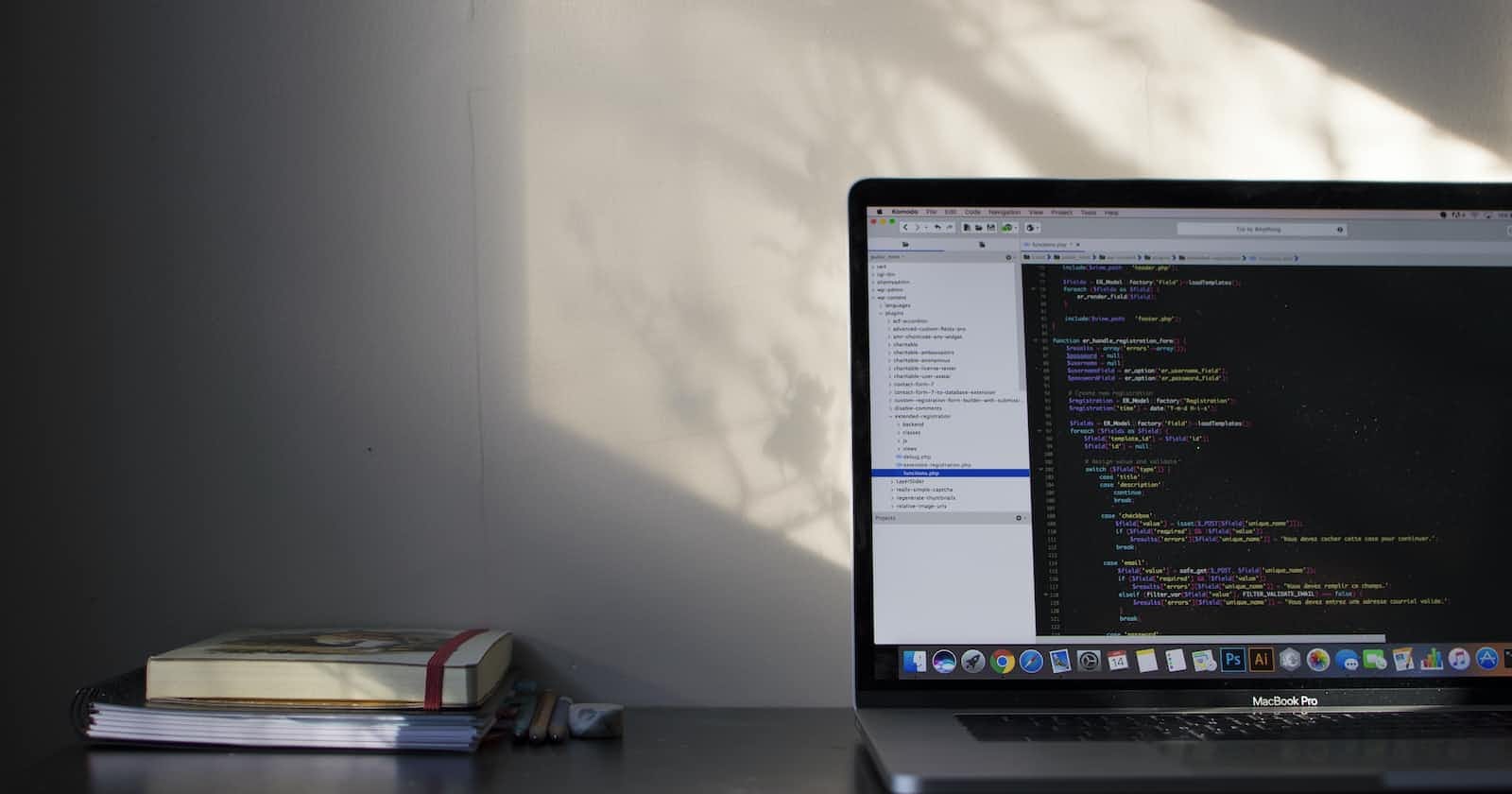Python is one of the most sought-after programming languages in the tech world. It is an easy-to-learn, versatile, and powerful language that is used in various domains like web development, machine learning, data analysis, and more. With its growing popularity, choosing to become a Python developer is a smart career choice.
In this article, we will explore the steps you can take to become a Python developer in 2023.
Step 1: Learn the Basics of Programming
Before diving into Python, it's important to learn the basics of programming. Familiarize yourself with fundamental programming concepts such as variables, loops, conditional statements, and functions. This can be achieved by taking a beginner course in programming languages such as Java or C.
Step 2: Learn Python Fundamentals
Once you have a good foundation in programming, it's time to start learning Python. Start with the basic syntax, data types, functions, and other fundamental features to get started. Begin with online resources, such as the official Python documentation, and popular online platforms like Codecademy, Coursera, edX, or Udemy.
While learning Python, it's also important to have a practical approach. Tackle real-world projects and applications to gain hands-on experience with Python. Try your hand at small projects first, such as building a simple calculator or a to-do list, and then gradually move on to more complicated projects.
Step 3: Choose a Professional Path
When learning Python, it's important to tailor your learning to your intended career path. Python is used in various domains, including web development, machine learning, data analysis, and game development, among others. Choosing your area of specialization early will help you focus your learning and help you gain expertise in your chosen domain.
Step 4: Build a Portfolio
Building a portfolio showcasing your work is extremely important for becoming a Python developer. Employers will often ask for work samples, so building a portfolio of your projects can be extremely valuable. Including code snippets or links to your GitHub repository on your resume can give potential employers a good idea of your skills.
Step 5: Participate in the Community
Joining developer communities is a great way to learn and network with other developers. Participate in online forums, discussion groups and Q&A sites such as Stack Overflow. Join open source projects such as Pygame, Django, or Flask to gain exposure to real-world Python development practices.
Step 6: Attend Conferences and Workshops
Attending Python conferences and workshops can be an excellent way to gain exposure to new trends, best practices, and the latest technologies in Python development. Seek out relevant conferences or events such as PyCon, EuroPython, or PyData.
Step 7: Keep Learning and Updating Your Skills
Finally, it's important to continue learning and updating your skills as a Python developer. Follow new trends and techniques in Python development, read blogs and books, and practice new features of the language. Python is a dynamic and continuously evolving language, so keeping updated on new developments will help you stay ahead of the curve.
Conclusion
Becoming a Python developer requires a mix of dedication, learning, and practical experience. By following the steps outlined above, you can set yourself up for success in becoming a Python developer in 2023, and beyond.

